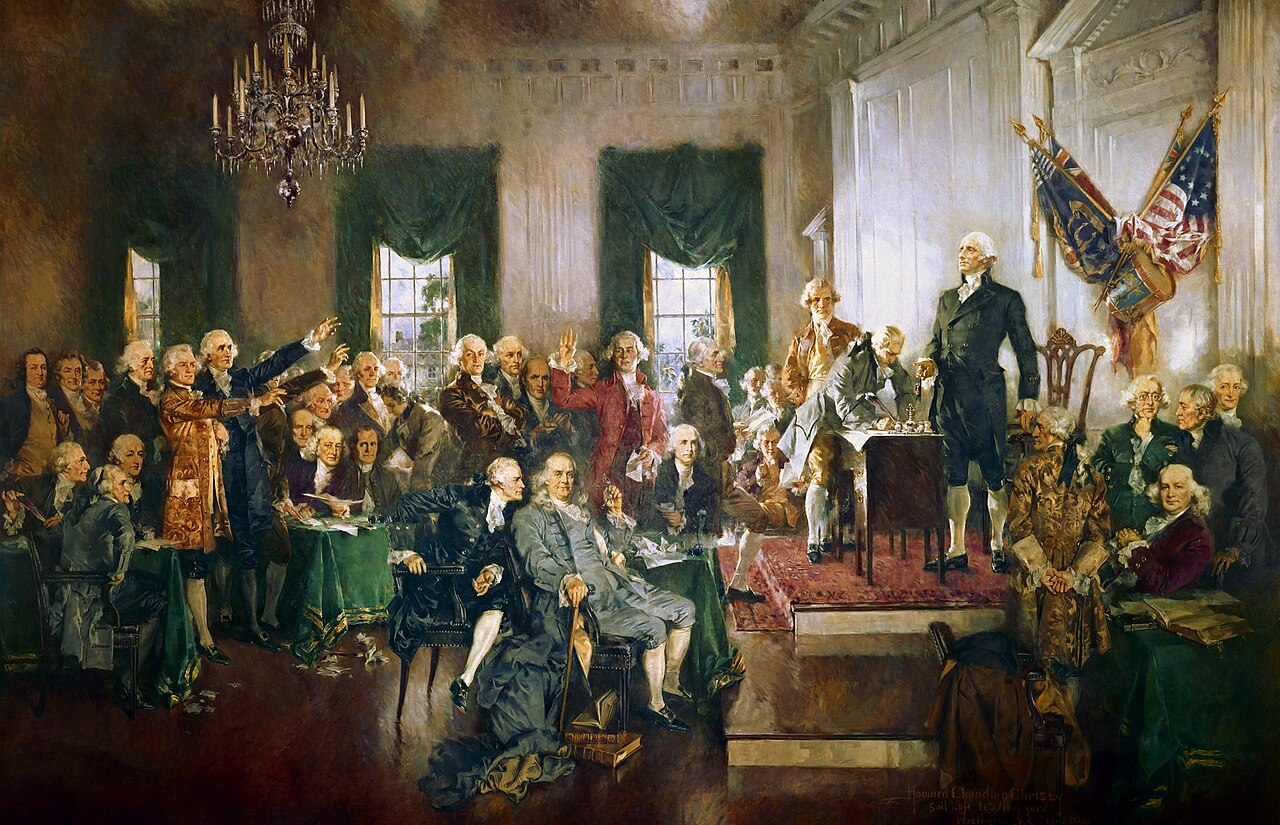He was born in Scotland in 1742 near St. Andrews, where he attended the university and divinity school. After four years of tutoring in Scotland and Amer- ica, he read law with John Dickinson, the leading pamphleteer of the early Revolutionary cause. Wilson wrote his own pamphlet, one of the earliest statements of American independence from Parliament, which Thomas Jefferson greatly admired.
A signer of the Declaration of Independence, Wilson was cast as a conservative in his oppo sition to Pennsylvania’s state constitution of 1776 and his defense of Robert Morris’s bank. But he advanced the most radically “popular” theories at the convention that drafted the United States Constitution in 1787, where he was James Madison’s principal ally in promoting the Virginia Plan. Wilson’s speeches for the draft were the. ones most cited in the ratifying period, during which he guided Pennsylvania’s early endorsement of the Constitution by a two-thirds majority.

